Stay Ahead of the Curve
Latest AI news, expert analysis, bold opinions, and key trends — delivered to your inbox.
OpenAI Launches 'Deep Research'—An AI Agent for Complex Online Research
3 min read OpenAI launches **Deep Research**, an AI agent for complex, multi-step online research. Available to ChatGPT Pro users in the U.S., it automates web browsing, data analysis, and report generation in minutes. If it scales, it could transform research-heavy industries. February 03, 2025 02:33
OpenAI has introduced Deep Research, an advanced AI agent designed to autonomously conduct multi-step research on the internet. Here's what you need to know:
Key Highlights
1. Who Gets Access?
Initially available to ChatGPT Pro users in the U.S.
100-query monthly limit for early users.
Expansion planned for Plus, Team, and Enterprise users, with a Plus rollout expected in about a month.
No immediate availability for users in the U.K., Switzerland, and the EEA.
2. How It Works.
Deep Research autonomously plans and executes research tasks, gathering information from:
Web pages, PDFs, Images.
It synthesizes findings into comprehensive reports, mimicking the work of a research analyst.
Queries take between 5 and 30 minutes, significantly reducing research time.
3 AI Capabilities.
Uses an optimized OpenAI o3 model for:
Web browsing and data interpretation
Reasoning-based analysis
Graph and visualization creation (when integrated with Python tools)
Designed to complete hours of human research in minutes.
4. Limitations & Challenges.
Struggles with misinformation—it can misinterpret non-authoritative sources.
Confidence calibration issues—it may present uncertain findings with high certainty.
Compute-intensive—suggesting high operational costs and resource demand.
Scored 26.6% on "Humanity's Last Exam," a benchmark for AI research capabilities.
5. Public Reception & Industry Impact.
Excitement on X, with users eager to see how it enhances automated research.
Viewed as part of OpenAI’s broader "agentic AI" strategy, pushing towards AI that can autonomously execute tasks—a step closer to Artificial General Intelligence (AGI).
Why It Matters.
Deep Research is another leap toward AI-driven automation, redefining how research is conducted. While it’s still in its early stages, if it scales effectively, it could reshape industries reliant on data analysis, journalism, and academia.
Is this the future of research?

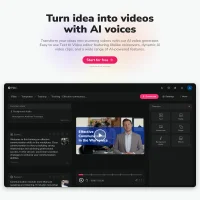

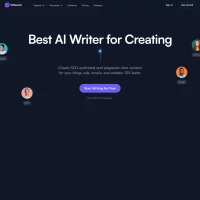








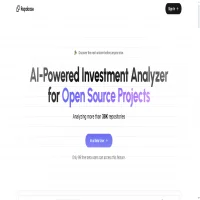
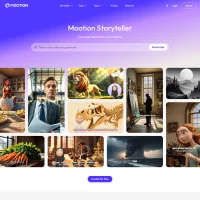
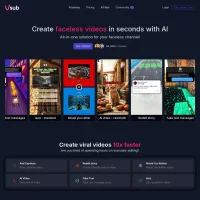




 AI Agents
AI Agents